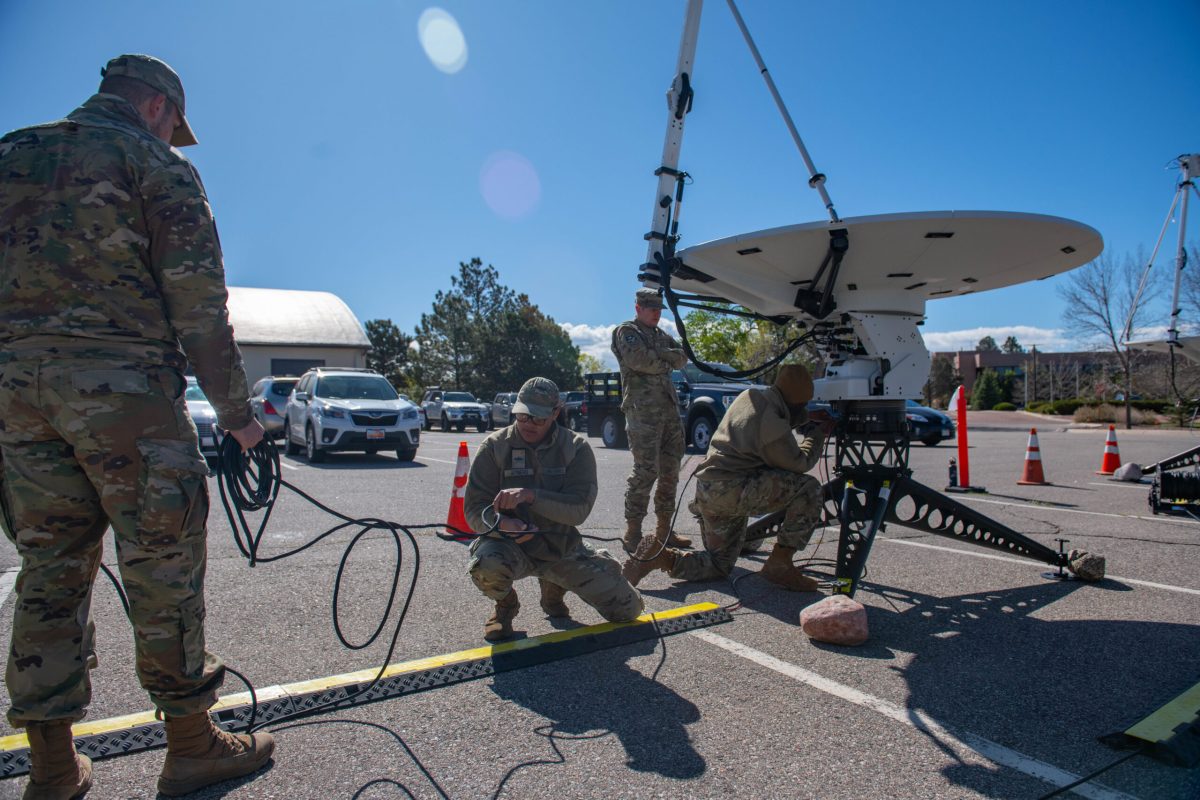WASHINGTON — An analysis of the U.S. Space Force’s budget proposed for fiscal year 2025 indicates the service is embracing a new approach to military satellite architectures.
The analysis, released June 6 by the Aerospace Corporation, finds that in contrast to past practices favoring larger, more complex and exquisite systems, the Space Force is now aggressively pursuing proliferated networks of simpler and cheaper spacecraft, an influx of commercially derived satellite assets, and increased leveraging of services provided by private space companies.
The service’s latest budget request aims to create more resilient space systems able to withstand and rapidly recover from potential attacks in orbit, writes Sam Wilson, systems director at Aerospace’s Center for Space Policy and Strategy.
Wilson breaks down the $29.6 billion budget request for fiscal year 2025, which is slightly less than the 2024 request. Despite a constrained top-line, he says, the budget maintains an emphasis on the Space Development Agency’s work to field proliferated networks of smaller satellites in low Earth orbit.
The 2025 budget request introduces a new Protected Tactical Satcom – Global (PTS-G) program to bridge the gap between highly specialized secure communications satellites and more commercially-derived options. This “proliferated sets of lower-complexity satellites” approach aligns with the Space Force’s broader push to field more distributed space capabilities, Wilson points out.
Shift in DoD thinking
The budget also boosts funding for integrating commercial satellite communications into military networks, as the Space Force seeks to leverage a wider range of providers and services, says the report. This commercial integration effort complements the proliferation focus.
Looking ahead, the Space Force is signaling further changes to come, including the development of a smaller, more affordable GPS satellite design and analysis of how commercial and emerging narrowband communications technologies can meet military needs.
“There is a shift in DoD thinking about threats in space and about how to defend space architectures,” and that is reflected in the budget proposal, says Wilson.
The Space Force makes up only 3.5% of the DoD budget. Nevertheless, he adds, recent congressional reports and language in bills show that “there’s a lot of attention on the Space Force.”
“There’s a lot of interest and recognition about how important space is for the department,” Wilson says, “and a lot of emphasis on the need to defend space.” The budget “is a really good way of seeing how this is actually being manifested.”
